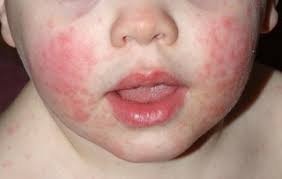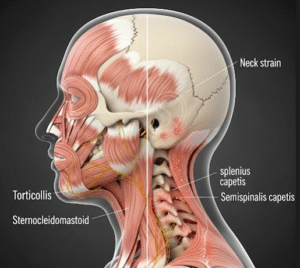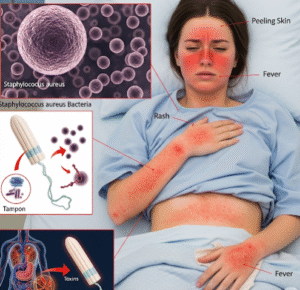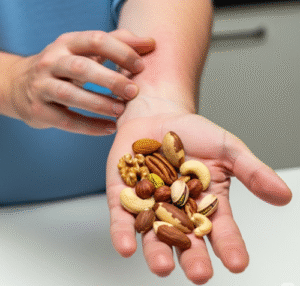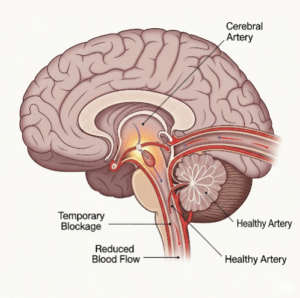Overview
Slapped cheek syndrome, also known as fifth disease or erythema infectiosum, is a common viral infection primarily affecting children. It is caused by parvovirus B19 and is characterized by a distinctive red rash on the cheeks, giving the appearance of having been slapped—hence the name. In Korea, the condition is recognized by pediatricians and dermatologists and is generally mild, though caution is advised for pregnant women and individuals with weakened immune systems. Most children recover without complications, and treatment is typically supportive.
What is Slapped Cheek Syndrome?
Slapped cheek syndrome is a contagious viral illness that typically starts with flu-like symptoms and later presents with a red rash on the cheeks. It spreads via respiratory droplets and is most common in children aged 5 to 15, although adults can also be affected. The illness often occurs in late winter to early spring in Korea.
Symptoms
- Bright red rash on both cheeks (often the first visible sign in children)
- Mild fever, headache, and sore throat
- Fatigue and muscle aches
- A lacy red rash that may spread to the body (arms, legs, torso)
- Joint pain or swelling (more common in adults)
- In some cases, no symptoms at all (asymptomatic)
Causes
Slapped cheek syndrome is caused by parvovirus B19. It spreads through:
- Coughing or sneezing (respiratory droplets)
- Hand-to-mouth contact with contaminated surfaces
- Vertical transmission from mother to fetus (rare but serious)
Risk Factors
- Children in daycare or school settings
- Seasonal outbreaks (winter and spring)
- Weakened immune systems (e.g., cancer patients, organ transplant recipients)
- Pregnant women (especially in the first trimester)
- People with blood disorders (e.g., sickle cell disease)
Complications
Though generally mild, complications can include:
- Fetal complications (e.g., miscarriage or hydrops fetalis) if a pregnant woman is infected
- Severe anemia in immunocompromised individuals
- Arthritis-like symptoms in adults (may last weeks or months)
- Chronic anemia in those with underlying blood conditions
Prevention
- Frequent handwashing
- Avoiding close contact with infected individuals
- Covering mouth and nose when coughing or sneezing
- Staying home during the contagious phase (before the rash appears)
- No vaccine is currently available
Treatment Options in Korea
Diagnosis
Diagnosis is typically clinical, based on the appearance of the rash and symptoms. In certain cases, Korean clinics may use:
- Blood tests to detect parvovirus B19 antibodies (especially in pregnant women)
- PCR tests to confirm viral DNA
- Ultrasound for fetal monitoring if infection occurs during pregnancy
Medical Treatments
There is no specific antiviral treatment. Korean doctors may recommend:
- Rest and hydration
- Pain relievers like acetaminophen (Tylenol) to reduce fever or joint pain
- Antihistamines for itchy rash (if present)
- Folic acid and blood transfusions for severe anemia (rare cases)
Surgical or Advanced Therapies
- Intrauterine blood transfusions for affected fetuses with hydrops fetalis (performed in major Korean hospitals with advanced obstetrics departments)
Rehabilitation and Support
- Pregnancy counseling and close monitoring for expectant mothers exposed to parvovirus B19
- Supportive care and follow-up for chronic joint symptoms in adults
- Patient education through pediatric and family medicine clinics in Korea

